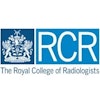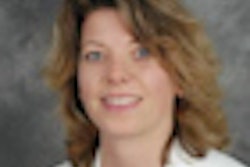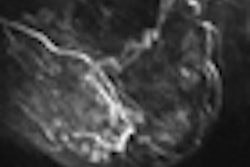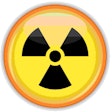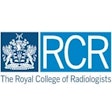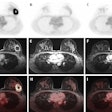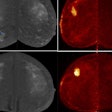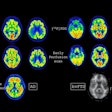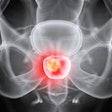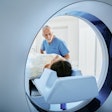Ultrasound-guided core-needle biopsy is a reliable and mature technique for breast lesions, and it shows high sensitivity and has many advantages over other techniques, according to Spanish researchers.
Ultrasound-guided core-needle breast biopsy has become physicians' first choice when performing a biopsy for most lesions seen on ultrasound. It eliminates the need for invasive surgery because the specimens adequately help determine tumor size, and it involves nonionizing radiation. Because of its widespread use, breast radiologists should gain experience with the technique, according to Drs. Luis Apesteguía from the radiology department at Hospital Virgen del Camino in Pamplona, Spain, and Luis Javier Pina from the radiology department at Clínica Universidad de Navarra, also in Pamplona. They conducted a review of the most recent literature on the topic (Insights into Imaging, 15 April 2011).
Ultrasound-guided core-needle breast biopsy has a high sensitivity of around 97.5% and offers many advantages over other imaging techniques to guide a biopsy: nonionizing radiation, low cost, full control of the needle in real-time, accessibility in difficult locations, multidirectional punctures, and excellent comfort for patients and radiologists.
All BI-RADS 4 and 5 lesions, and some BI-RADS 3 lesions, should be percutaneously punctured with ultrasound-guided core-needle biopsy, and if the sample comes back benign, surgery can be avoided, the researchers concluded.
Ultrasound-guided core-needle biopsy is currently considered the elective method, whereas stereotaxy and MRI should be reserved for lesions that are not clearly seen on ultrasound, they wrote.
That is the main limitation of ultrasound-guided core-needle biopsy -- the inability to use the technique on lesions ultrasound doesn't spot, including clustered microcalcifications. However, high-resolution transducers can demonstrate some clustered microcalcifications, according to the researchers.
"It is very important to correlate mammography, ultrasound, and MRI findings, in order to carry out the puncture using the most suitable method of guidance," the researchers wrote. "Sometimes it is necessary to perform several biopsies in the same patient using different techniques of imaging guidance."
The researchers offer tips to radiologists on how to perform the technique. For instance, in women with dense breasts, they advise using the coaxial technique, with a 16-gauge needle instead of a 14-gauge one, and also using devices with diamond-shaped needle tips because they transverse the fibrous tissue better than conventional needles.


